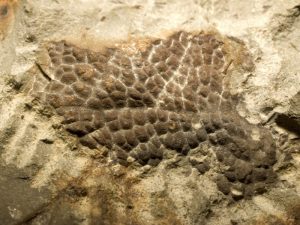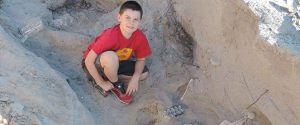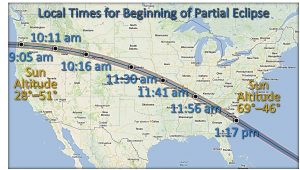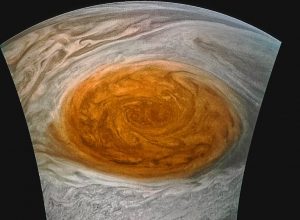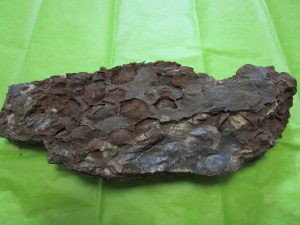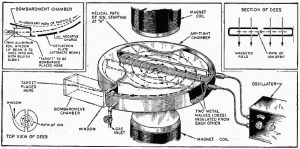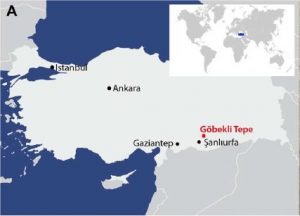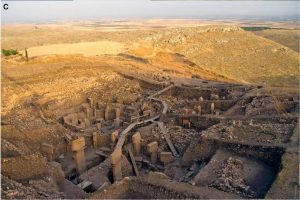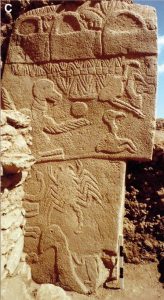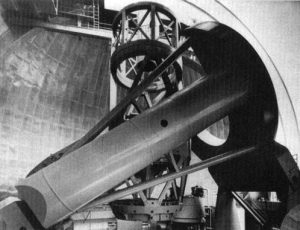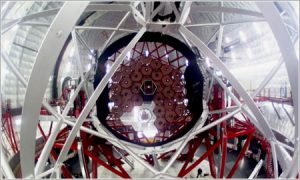Over the past month or so I’ve published a series of posts describing what I see as the decline of science in America (28June to 12July2017). Well today I have some good news. Just this week construction has begun on the Deep Underground Neutrino Experiment or DUNE.
DUNE is a collaboration between two already existing physics labouratories. The Sanford Underground Research Facility (SURF) which is buried 2km deep in the old Homestake gold mine outside of Lead, South Dakota along with Fermilab outside of Chicago, the site of America’s most powerful particle accelerator, second only to the LHC at CERN in Europe.
By the way the Homestake mine first became a physics labouratory back in the 1960s when the first Neutrino telescope was build there to measure the flux of neutrinos coming from the Sun. An experiment that provided the first direct evidence that the Sun gets its energy from hydrogen fusion reactions.
The idea behind the DUNE experiment is that Fermilab will use its accelerator to generate an intense beam of the sub-atomic particles called Neutrinos, a particle that has been called the ghost particle because they only interact very rarely with other particles. To give you an idea of how rarely an interaction occurs, every second thousands of Neutrinos are going right through your body but over your entire lifespan only a handful will interact with a particle inside you.
That beam of Neutrinos from Fermilab will be aimed very precisely at SURF where the world’s largest Neutrino Detectors are now being installed. The 2000km trip underground will mean almost nothing to the Neutrinos; a few may be absorbed but only very a few. There will also be an identical detector array right at the output of Fermilab’s accelerator so that scientists can study what happens to the Neutrinos during their 2000km journey. The picture below shows a diagram of the planned setup of the DUNE experiment.

You may ask, if only a few Neutrinos are absorbed in 2000km of rock won’t even fewer be captured by the detectors in South Dakota. Yes, absolutely, but the scientists will be able to measure precisely every characteristic of every single Neutrino that is detected.
So, what do the scientists hope to learn from DUNE, why are Neutrinos so important anyway? Well, first of all there is increasingly strong evidence that Neutrinos are actually far more numerous than the electrons and quarks that make up what we think of as matter. In a sense scientists simply don’t enjoy knowing so little about such an important particle.
There are some more well defined problems that we hope DUNE can help to solve. For one, the there’s the question why the Universe, or at least our part of it, is so dominated by matter with so little anti-matter. From all of our experiments at places like Fermilab the Universe should be composed of equal parts matter and anti-matter and Neutrinos may hold the key to understanding the imbalance.
Physicists also hope that a greater understanding of Neutrinos will give us greater insight into fundamental forces, gravity, electromagnetism and the nuclear forces. Understanding Neutrinos is also important because they play a large role in some of the most energetic events in the Universe, everything from supernova to black hole formation.
Despite the recent lack of support for science from our government it’s still true that America’s scientists are second to none and the DUNE project demonstrates how they will always find a way to do new and important work. If you’d like to read more about the DUNE experiment the links below will take you to the SURF and Fermilab WebPages for DUNE.

